Table of Contents
Toggle
A 1031 exchange is a tax break. We could all use more tax breaks and less taxes, right? 1031 exchanges, which are named for the IRS Section 1031 of the IRS’s tax code, allow you to avoid capital gains taxes. Yet, taking full advantage of this opportunity means fully understanding the key details and regulations, the 1031 exchange rules. This blog will tell you everything you need to know.
What Are the Requirements for a 1031 Exchange?
A 1031 exchange is a real estate investing tool. This method is particularly popular with real estate investors looking to upgrade properties without being charged taxes for the proceeds. This isn’t applicable to someone using the property as their primary residence.
It allows those in estate planning to “swap out” an investment real estate property for another and defer capital gains tax, capital gains, or losses that you otherwise would have to pay at the time of sale. This is perfectly legal, as long as the exchanged properties are alike. Exchangers can make an exchange with any number of properties, as long as the gross price does not exceed 200% of the fair market value of the relinquished property.
There are two pieces of real estate involved in a 1031 exchange. The relinquished property is being exchanged for another in a 1031 exchange. The replacement property is the like-kind parcel being bought with the proceeds from the relinquished property.
As you consider this investment opportunity, you may want to look into three types of tax-deferred exchanges – delayed exchanges, reverse exchanges, and build-to-suit exchanges.
What is the 1031 Exchange Timeline?

There are time requirements to be aware of. You have 45 days after the sale of your relinquished property to find potential replacement properties. You must do so in writing and share it with the seller or your qualified intermediary (more on this in a moment.) Then, you must close on the replacement property within 180 days of closing on the relinquished property or after your tax return is due – whichever comes first.
What Are the Steps in a 1031 Exchange?
You are able to postpone capital gains taxes by selling a property and putting the proceeds toward a like-kind property. If you don’t receive any proceeds from the sale, there’s no income to tax. In other words, you technically gain no profit from the sale in the eyes of the IRS.
There are eight steps in a 1031 exchange. They are:
#1 The property is sold.
#2 You give capital gains to a qualified intermediary.
#3 Identify like-kind properties by the 45th day.
#4 Send a duty letter to a qualified intermediary.
#5 Negotiate with the seller of your chosen like-kind property, just like buying any other real estate.
#6 Agree on a sale price of the new property.
#7 Have your intermediary wire capital gains to the titleholder.
#8 Fill out form 8824.
That’s it! You’ve done it!
Grow Your New Jersey Real Estate Portfolio Today

The most important things to remember are to stick to the exchange timelines and to bring in the services of a qualified intermediary. Remember, any proceeds received from the sale of a property remain taxable. For that reason, proceeds from the sale must be transferred to a qualified intermediary, not the seller of the property. The qualified intermediary transfers them to the seller of the replacement property or properties at the end of the deal.
We’re here to help with it all! Contact us now about the available New Jersey properties or to learn more about the services offered from TIP Commercial.


